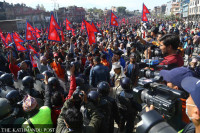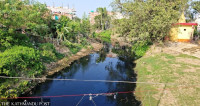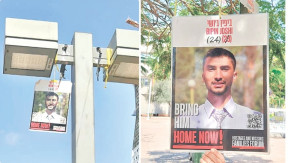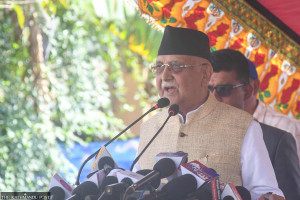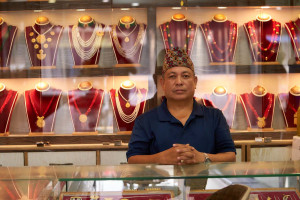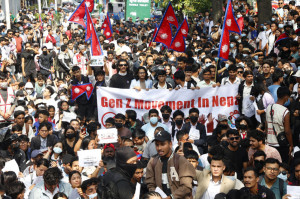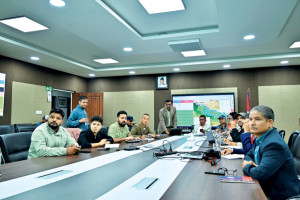National
Landmark bill to boost women candidacy in polls
Election Commission is drafting a bill to increase women’s candidacy in all three tiers of government by a third.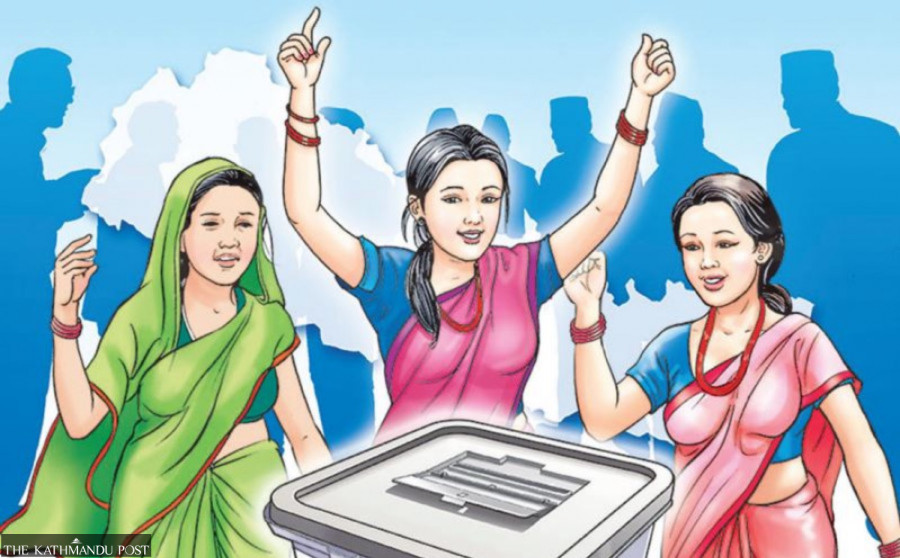
Binod Ghimire
At least one third of the elected representatives in the federal parliament must be women, as per the Constitution of Nepal. The constitutional provision has been met so far by inducting women representatives through proportional representation.
The parties have always prioritised male candidates over female in the first-past-the-post (FPTP) elections. Despite pressure from women leaders from across the political spectrum, their share has always been low in direct elections.
Among 2,412 candidates for the FPTP system of elections for the House of Representatives in November, only 225 (9.33 percent) were female, while over 90 percent (2,187) were male. In the provincial assembly elections, only 280 of the 3,224 candidates for the 330 seats in play were women.
The CPN-UML, which had fielded 141 candidates for the House of Representatives seats, spared only 11 tickets for women in the November polls. The Nepali Congress is way behind, with just five among 91 candidates being women. The CPN (Maoist Centre), which has been a vocal supporter of inclusion, had nine women among its 47 candidates. The CPN (Unified Socialist) and the Rastriya Janamorcha had a woman candidate each.
If things go as planned, the long-standing practice of low women candidacy in the direct elections will end from the upcoming elections. Dinesh Thapaliya, chief election commissioner, said they have prepared a bill which makes it mandatory for the parties to field at least 33 percent women among direct elections candidates. “The possibilities of women being elected will also increase if there are more women candidates,” said Thapaliya while addressing the National Concern and Coordination Committee of the National Assembly on Wednesday.
In the 2017 federal elections, among the 165 positions for the lower house, only six women lawmakers (3.6 percent) were elected directly. The number of directly elected women increased to nine (5.55 percent) in the November 2022 elections.
Thapaliya said the commission is also working to increase women candidates in the local elections.
Section 17 (4) of the Local Level Election Act-2017 makes it mandatory for a political party to field a woman as a candidate for either chief or deputy chief at the local level.
The legal provision requiring one of the two candidates to be a woman is applicable only when a party has candidates for both the positions. When the parties contest elections by forming a poll alliance, different parties get to field their candidates for the chief and deputy chief. In this case, they can field either a male or a female candidate—and they invariably choose men. As a result, women’s local level representation decreased in last year’s polls.
Thapaliya said the draft bill makes it mandatory for the parties to field a woman if they contest either for chief or deputy chief of a local unit.
The draft bill also makes it mandatory for each party to field at least one-third women candidates for ward chairs. “We are planning to register the bill in the Parliament after the Presidential elections,” said Thapaliya.
The bill also has provisions for a 50 percent discount in deposits for candidates with disabilities and those from poor backgrounds. The draft bill the commission prepares will be finalised by the home ministry before it is tabled for endorsement in Parliament. The commission has in the past few years been preparing a draft bill for an umbrella Act that guides all elections.




 17.12°C Kathmandu
17.12°C Kathmandu
